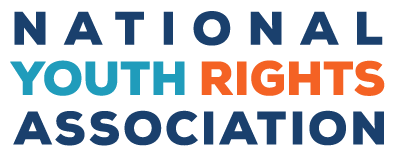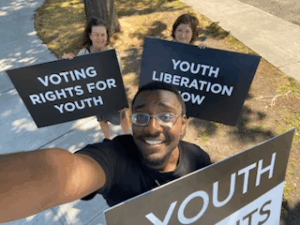“Underage drinking has reached epidemic proportions in America” warns Joe Califano, head of the private National Center on Addiction and Substance Abuse (CASA). His alarm is ominous, even frightening, as he calls for strong action in response to this national crisis.
But relax. Underage drinking isn’t increasing — it’s actually dropping! Not only are fewer young people drinking today, but heavy drinking (so-called “binge drinking”) continues to decline as well. Federal and other research repeatedly demonstrates this. The assertion that underage drinking is epidemic is clearly false.
CASA also claims that underage people drink a quarter of all alcohol consumed in the U.S. Again…relax. It just isn’t true. CASA grossly distorts the figure. In fact, the Substance Abuse and Mental Health Services Administration, the federal agency that collects the data, has issued a statement that the CASA figure is wrong by a factor of over 100 percent. Any abuse of alcohol is unacceptable, but promoting such clearly false assertions gives dangerous messages to our yout.
CASA earlier reported alarming statistics on alcohol and its relationship to sexually transmitted diseases, rape, other violent crimes, and “drinking to get drunk.” But an investigative reporter revealed that one of its statistics appeared to have been “pulled from thin air,” another was based on no evidence whatsoever, a third was based on only one small and inadequate survey totally inconsistent with all other studies, and a fourth was “highly suspect at best.”
A subsequent CASA report, this time on drugs, was severely criticized for alleged inaccuracies and distortions by then Secretary of Health and Human Services , Dr. Donna Shalala.
Reader beware. You might not be able to trust CASA. It has a dismally unacceptable track record for accuracy and reliability.
Worse yet, its erroneous assertions, exaggerations, and alarmist language actually contribute to the problem. Young people tend to conform to their beliefs about what their peers do. When they believe false reports that exaggerate the extent to which other young people supposedly drink, they tend to drink, or to drink heavily, in order to conform. By exaggerating and sensationalizing, CASA is actually part of the problem instead of the solution.
The one approach that has consistently led to reductions in alcohol consumption is amazingly simple and inexpensive. Anonymous surveys are used to determine the exact nature and extent of drinking among students who attend a school. The results are then widely disseminated to the school’s entire student body. When students learn that fewer of their peers drink, and fewer of them drink heavily, than they thought, their own drinking dramatically drops. Study after study demonstrates the effectiveness of this truth-telling technique.
Mr. Califano is, however, correct when he says that parents play a crucial role in reducing alcohol abuse. Young people repeatedly report that they are greatly influenced by their parents. If we expect that our young people will consume alcohol as adults, then we need to be good role models and drink in moderation ourselves. Our offspring are much more influenced by what we do than by what we say.
The power is in our hands.





